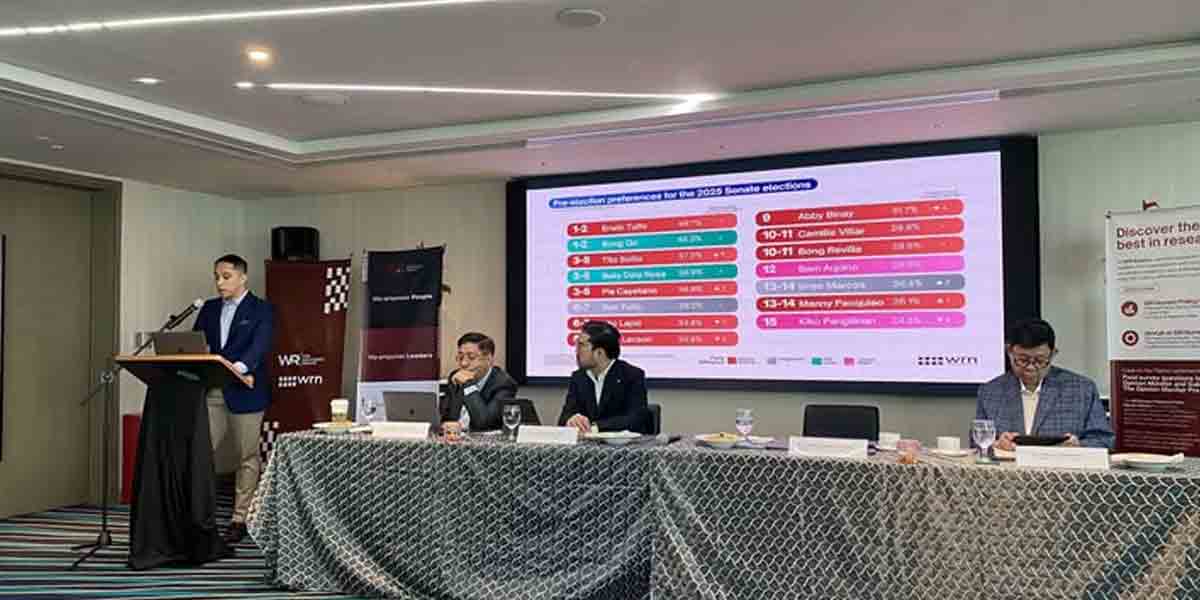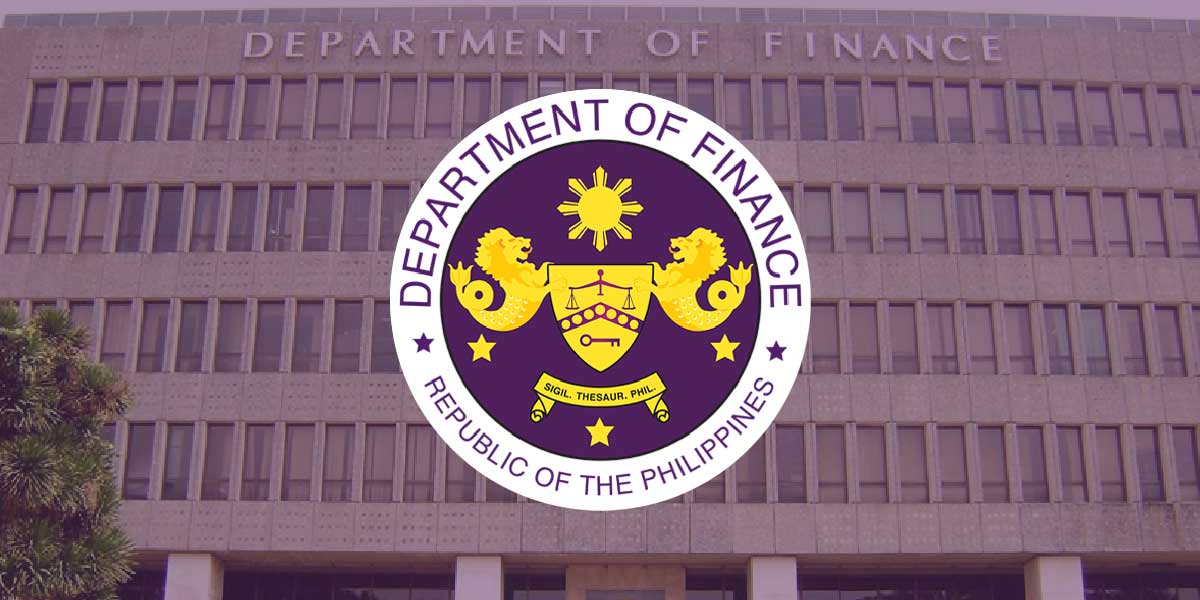By Francis Allan L. Angelo
The Visayas region has historically been less prioritized in the Philippines’ energy sector compared to Luzon and Mindanao, resulting in a greater reliance on power imports and increased vulnerability to supply disruptions. The January 2024 Panay Island blackout, which caused widespread power outages for households and businesses, was triggered by the tripping of multiple power plants, and serves as a stark reminder of this precarious situation.
Compounding the problem is the national government’s moratorium on new coal-fired power plants. While the Department of Energy (DOE) clarified in July 2024 that this policy does not constitute a complete ban and does not affect existing, operational, or already committed projects, it still hampers the development of new generation capacities tailored to regional needs.
The Visayas’ dependence on power from Luzon and Mindanao is considered unsustainable. The Institute for Climate and Sustainable Cities projects that Luzon and Visayas may experience tight power supply conditions in June 2025, potentially leading to red alerts which indicate possible power interruptions. This interdependence means that a crisis in one grid can cascade into another, leaving regions like Visayas particularly exposed.
Moreover, the Visayas power grid is characterized by five interconnected island grids. The transmission capacity between these islands varies, leading to bottlenecks when there are surges in demand in specific areas. The situation underscores the need for localized energy planning that addresses the region’s specific infrastructural constraints.
The government’s approach to energy policy is described as a “one-size-fits-all” model that does not adequately address the unique circumstances of different regions. While the coal moratorium aims to steer the country toward cleaner energy, it may hinder regions like Visayas that might still require transitional baseload power sources to ensure grid stability.
Furthermore, the policy is criticized for not sufficiently addressing the need for infrastructure investments to utilize the Visayas region’s renewable energy resources, such as the underutilized solar power in Negros Island due to transmission limitations.
Encouragingly, the Visayas is poised to significantly boost its renewable energy capacity. As of May 2024, the Visayas region had 76 operational power plants with a total dependable capacity of 3,334 megawatts (MW), with 49% of this capacity coming from renewable energy sources.
There are 25 committed renewable energy projects in the Visayas that are expected to add approximately 1,982 MW of capacity by 2025. These upcoming projects are primarily focused on solar and wind energy, with solar accounting for 38.37% and wind for 26.01% of the new capacity.
Notable renewable energy projects include Citicore’s 70-MW solar and 152-MW wind projects, and First Max Power International’s 150-MW wind energy project. Additionally, there are 55 indicative power projects in the planning stages in the Visayas, representing a total potential capacity of 16,466 MW.
To fully capitalize on this renewable energy potential, upgrading the transmission infrastructure in the Visayas is essential to eliminate bottlenecks and facilitate the efficient distribution of power across the interconnected island grids.
Local government units (LGUs) in the Visayas are encouraged to develop comprehensive energy programs that are tailored to their specific regional needs and available resources. The DOE has stressed the importance of LGUs formulating and institutionalizing energy plans for sustainable and resilient energy development.
Furthermore, maintaining a balanced energy mix in the Visayas is considered crucial for a stable power supply. While renewable energy projects are on the rise, ensuring a stable baseload capacity remains essential.
Peak demand in the Visayas is projected to increase from 2,464 MW in 2023 to 2,864 MW by 2026, and further to 10,678 MW by 2050, with Cebu anticipated to account for a significant portion of this growth.
A diversified energy portfolio that includes both renewable energy sources and reliable baseload power plants will be vital to meet the increasing energy demand in the Visayas.






















